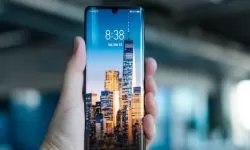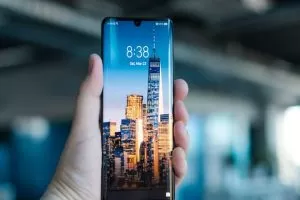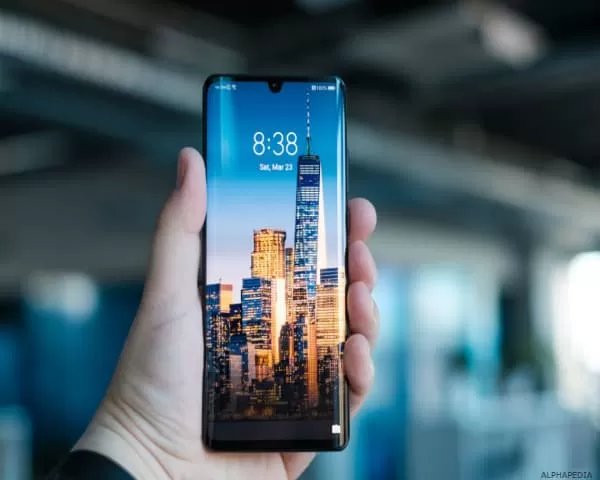Evolution of the Mobile Phone
As cell phones began to evolve, they began to include additional basic features such as games, calendars and connected email capabilities.
These early mobile phones were called feature phones, and are still widely used at the lower ends of the market, or more recently, as a second phone to go with your smartphone. Later, cell phones became mini-computers and the term smartphone was coined. Its enhanced features and improved capabilities set it apart from other mobile phones. Both Android and iPhone are clear examples of smartphones. Essentially, whether it is a cell phone or a mobile phone, it refers to the same mobile phone device.
How did it all start ? Well, the system really became popular in the Nordic countries of Sweden, Finland, Denmark and Norway.
The original cell phones used a primary 1G system that initially made its first appearance in the U.S. in 1983.
The company responsible was Motorola, and the new cellular network was initially called 1G. Later, the second generation of mobile phone services appeared. It was known as 2G and started in Finland in 1991. Then came the third generation of communication systems in 2001.
Although mobile phone technology has continuously evolved, some of the essential components of mobile phones remain the same to this day, and no matter how advanced the device may be, they are here to stay, for now.
They include the standard lithium-ion batteries that are used to provide all the power for the phone. The rechargeable battery has a short life of about one year, depending on use. Dialing the numbers for a phone call is done through a touch screen.
All mobile phones or cell phones require the services of a mobile service operator to make and receive phone calls. The operator usually provides phone owners with a SIM card that functions as the customer’s account. SIM cards are still used in almost all GSM cell phones.
With CDMA devices, there is no need for a SIM card, as they are supplied by the phone service provider and are not normally available on the market. Surely, what is new today will be old tomorrow. Therefore, the term smartphone may evolve to another term as technology continues to advance and change the landscape.
Mobile phones used to be basic communication devices only a few years ago. Today, they are powerful tools loaded with excellent and advantageous features. They are much more than a phone in the traditional sense of the word. With features as advanced as browsing the web, downloading and uploading, Wi-Fi, GPS, EDGE and GPRS.
There are multiple music options such as FM stereo, world radio, MP3 and MP4.
You can record high quality videos and so many other things that maybe the word “phone” should be changed to “modern, computerized, advanced communication and entertainment system”. When the first mobile phones were introduced, their only function was to make and receive calls, and they were so bulky that it was impossible to carry them in your pocket.
Later, mobile phones belonging to the Global System for Mobile Communications (GSM) network became capable of sending and receiving text messages. As these devices evolved, they became smaller and more features were added, such as multimedia messaging service (MMS), which allowed users to send and receive images.
Most of these MMS-capable devices were also equipped with cameras, allowing users to capture photos, add captions and send them to friends and family who also had MMS-capable phones.
A cell phone with advanced features similar to a computer is called a smartphone, while a normal cell phone is known as a feature phone. A cell phone generally operates on a cellular network, which is composed of cellular sites scattered throughout cities, countries, and even mountainous regions.
Related Topics

💚 WHAT IS THE CELL PHONE ? Features

CHEAP AND BEST MOBILES

CELL PHONES FOR SENIORS

💚 WHO INVENTED THE MOBILE PHONE ?

OLD CELL PHONES

MOBILE PHONE HISTORY
Other Topics of Interest in ALPHAPEDIA

MEANING OF ESTHER IN THE BIBLE

FREE DOCTORATE IN VETERINARY MEDICINE

FREE ONLINE PSYCHOLOGY COURSE

LONG POSITION IN STOCK MARKET

FREE BACHELOR IN ECONOMICS

💚 WHAT IS ENGINEERING
Cell Phone Image



